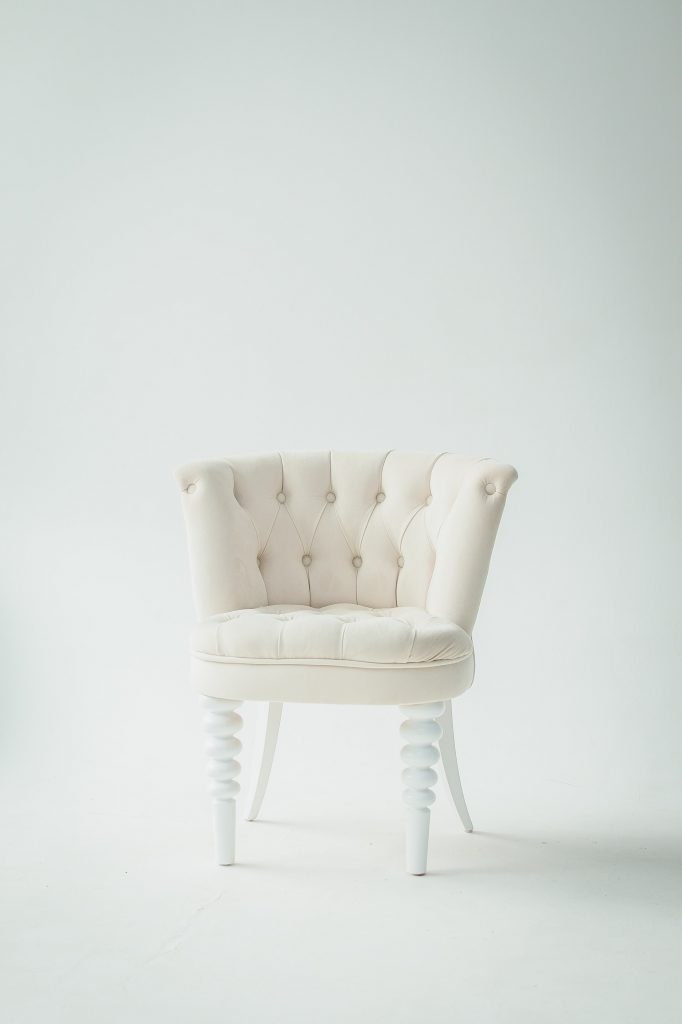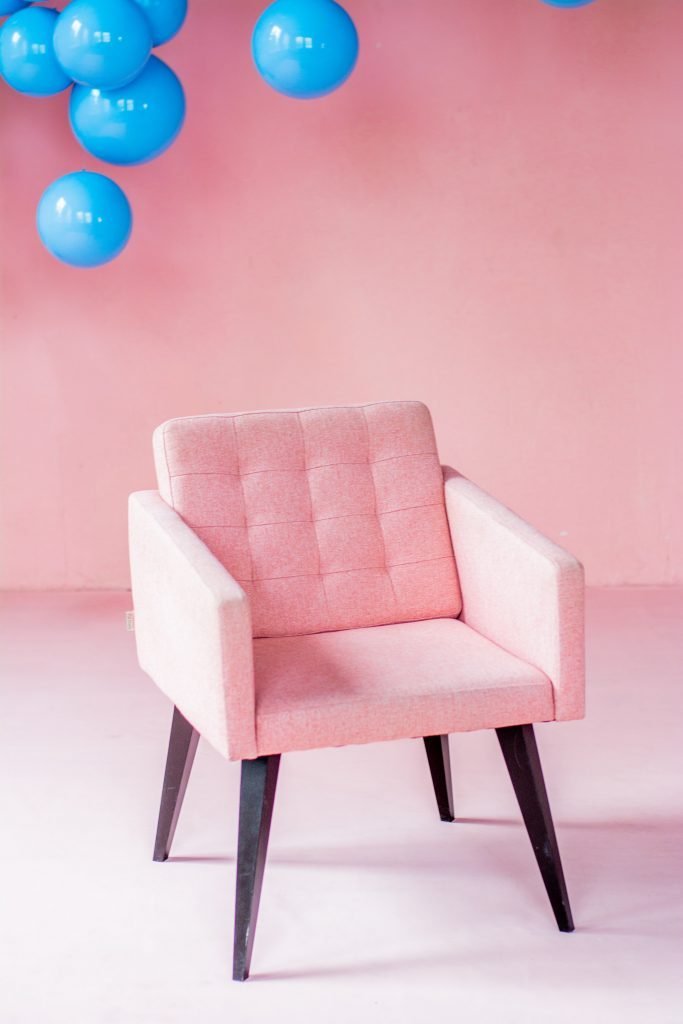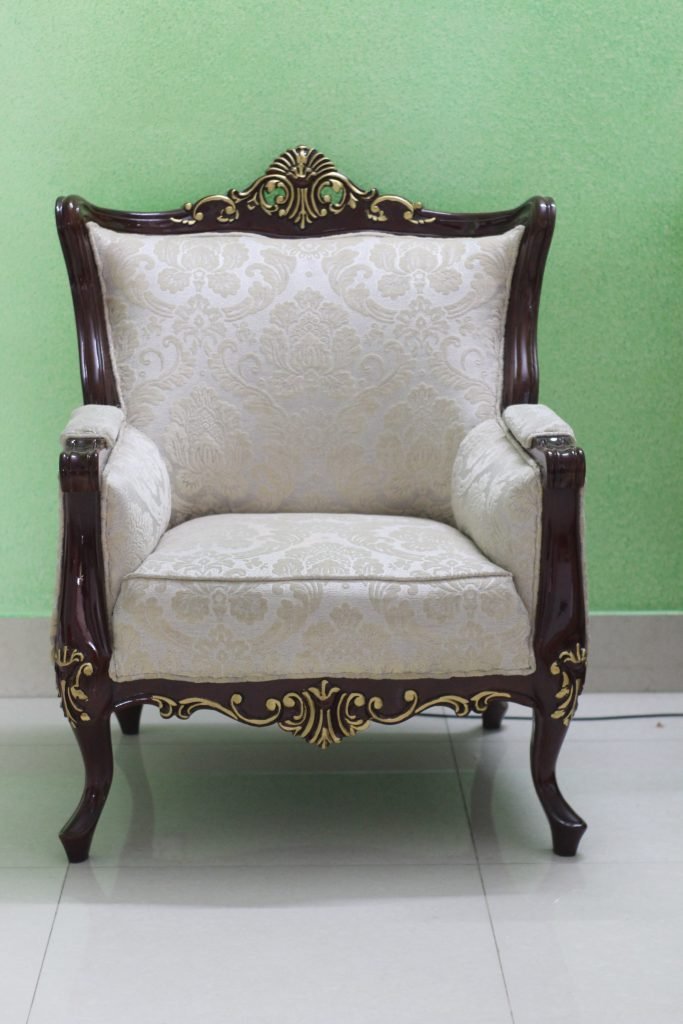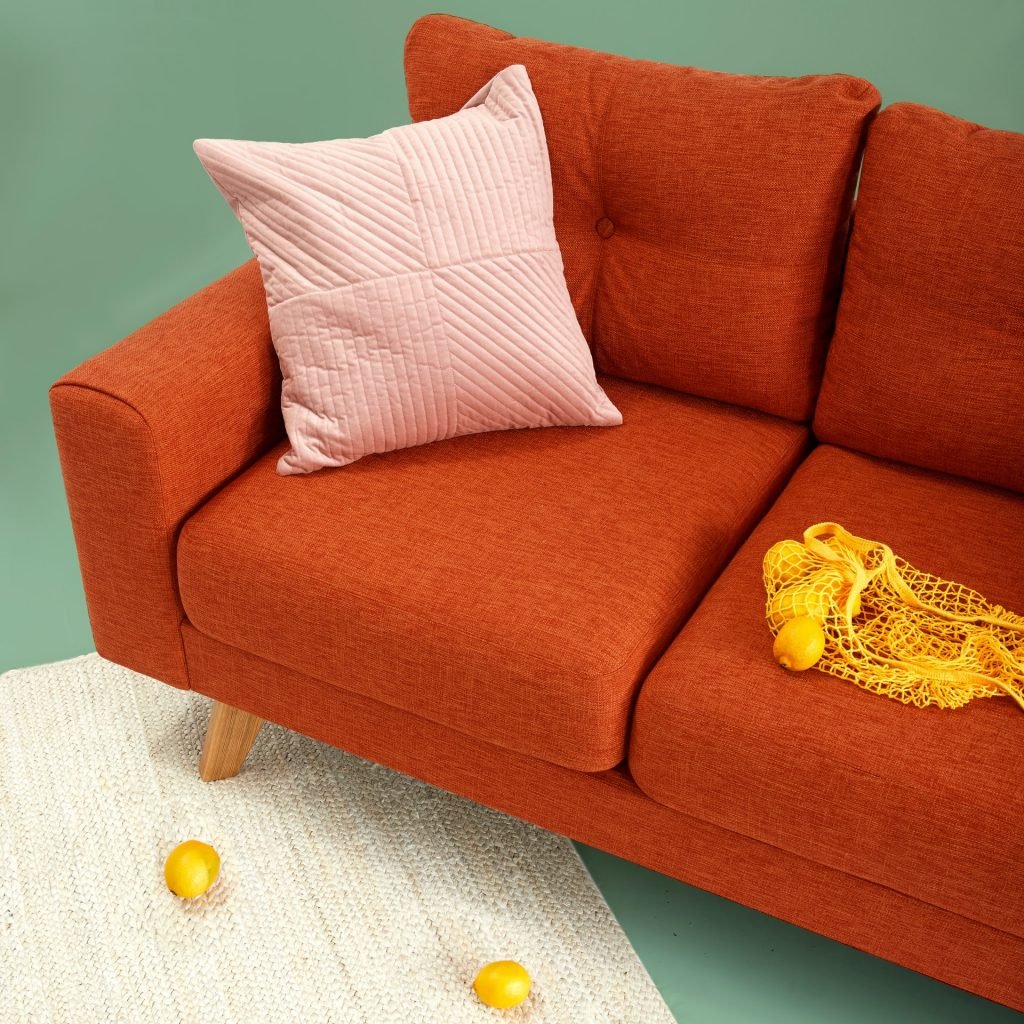When choosing seating materials for your furniture’s upholstery you must consider the following aspects such as cleanability, durability, resistance to dirt, and fading. Here at LCR Services, we will be sharing a blog post discussing the different cut and sew seating materials such as upholstery fabrics to help you find the right material for your furniture. If you think this blog post is beneficial for you, we encourage you to keep scrolling below to find out more information about cut and sew seating materials.
Upholstered furniture may vary from one another, depending on its use and where it is placed in your home. You must keep in mind to use strong seating materials when fixing your upholstery in your home so it can withstand varying levels of use, especially if you have plenty of guests and family members using them daily.
For instance, chairs, ottomans, and sofas located in bedrooms are rarely used, so they can be fixed using less durable fabric. While the upholstery in the family room sofa and living room is regularly subjected to heavy use, it needs to use a durable and tough fabric to protect it from damage, wear, dirt, and possible stains.
If your furniture needs upholstery fabric you must consider choosing those that have a high thread count. The higher the thread count, the more the fabric is tightly woven making it durable, tough, and not easily worn and damaged. Thread count is the term that refers to the number of threads per square inch of a garment or fabric.
What is natural upholstery fabric?
This type of fabric refers to those woven using natural materials such as plant fibers like cotton and materials that come from animal products like leather. Check out below the most common natural upholstery fabric that can be used for upholstered furniture.
Cashmere
Cashmere fiber comes from goats. The goats especially in Inner Mongolia have an undercoat that consists of superfine fibers that are usually brushed from the underbelly. Cashmere and wool are some of the most sought-after upholstery materials because they are comfortable and provide a high-quality finish.
Cotton
Cotton is a natural fiber from the cotton plant. It is resistant to fading, pilling, and wear and tear. However, it has less resistance to soiling, fire, heat, and wrinkling. It can be subjected to surface treatments and be blended with other materials so it will be more resistant and durable. Its durability and use may depend on the thread count, weave, and finish. Examples of cotton fabrics are Canvas (duck and sailcloth) which are durable and casual, while Damask weaves are more formal.
Cotton blend
When cotton is mixed with other materials, can be more sturdy and perfect for families with small children and pets. An example of a cotton blend that is stain-resistant is the Scotchgard fabric which can be a great choice for those looking for upholstery perfect for heavy use daily.

Leather
Leather is made from animal skin such as goats, sheep, pigs, horses, cows, etc. It is tough and durable resistant to dirt and can be cleaned and maintained easily because it can be vacuumed and cleaned using a damp cloth. You can also clean it with a leather conditioner and saddle soap. It is prone to damage and wears over time; it can easily dry and crack.
Linen
Linen is derived from the flax plant. It is usually recommended for formal living rooms because it can easily wrinkle and it is prone to soiling. It is not durable so it will not withstand heavy wear. It has resistance to fading and pilling. It is not easy to maintain and clean because it must be professionally cleaned to prevent it from shrinking.
Silk
Silk is a natural fiber produced by insects to make their nests and cocoons. Examples of these insects are silkworms, beetles, weaver ants, hornets, etc. The Bombyx mori is a popular source of silk and is an insect larva that forms its cocoon. Silk is a delicate fabric that is recommended for upholstery for furniture in adult areas like formal living rooms.
It must be cleaned by professionals because it is delicate and can easily be ruined. It can also be cleaned using a soft cloth dipped in a solution using cold water and mild soap. You must avoid using harsh cleaning agents and chemicals.
Wool
Wool fiber comes from sheep. Merino wool comes from merino sheep. Wool consists of keratin, a type of protein that is also found in human hair. Merino wool is finer and commonly used for luxurious upholstery products. It is durable, sturdy, and tough and is resistant to fading, pilling, soiling, and wrinkling. It can be blended with other fibers to make it easy to maintain and prevent the felting of the fibers. Wool blends can be spot-cleaned, which is what professionals commonly do.
What is synthetic upholstery fabric?
It is man-made materials created using artificial products and chemical processes. They are usually tough, durable, and costs less than natural upholstery fabrics. Check out below the most common synthetic upholstery fabric that can be used for upholstered furniture.

Acetate
It comes from a material called cellulose acetate. It is produced from cotton and wood chips or wood pulp. It is developed as imitation silk. It is resistant to mildew, pilling, and shrinking. It is slightly resistant to soiling, wear, wrinkle, and fading. It is not recommended for furniture that gets heavy use daily.
Acrylic
It is a synthetic material made from petroleum or coal-based compounds. It is developed as imitation wool. It is resistant to wear, wrinkling, soiling, and fading. It may be prone to pilling, especially in areas that receive heavy use daily. However, high-quality acrylic is usually designed to be resistant to pilling.
Microfiber
It is a synthetic material made from a polyester and nylon blend. It is approximately around 1/100th diameter of human hair or 1/3 of the diameter of cotton fibers which makes it extra fine. It is a popular synthetic upholstery fabric because it has a velvety texture and it is quite durable. It is resistant to liquid, soiling, and fading. It is recommended for living areas with heavy use daily.
Nylon
It is a synthetic material derived from crude oil. This material undergoes a thorough chemical process that produces durable and elastic fibers thus making it useful as a fabric for upholstery material. It is rarely used on its own; it is commonly blended with other fibers which produce strong and sturdy upholstery material. It is very resilient and it is resistant to soiling and wrinkling. It is prone to pilling and fading.
Olefin
It is a synthetic material derived from ethylene and propylene. It is also known as polypropylene fiber. It is recommended for heavy-use furniture. It is highly resistant to stains, mildew, abrasion, and sunlight. It can be used as an upholstery material for furniture either in both indoors or outdoors.
Polyester
It is a synthetic fiber derived from petroleum. However, there are alternatives available in the market which are made from plastic, agricultural crops, and waste materials. When used for upholstery, it is blended with other materials to make it resistant to wrinkling and reduce fading. If mixed with wool, it can prevent pilling issues.

Rayon
It is a synthetic fiber from regenerated cellulose derived from wood pulp. It is usually made from eucalyptus trees or any plant like bamboo, cotton, soy, etc. It is created as an alternative to cotton, linen, and silk. It is durable, but it can be prone to wrinkling. A lot of technological developments have been done which made it possible in manufacturing high-quality rayon which makes it highly recommended for families.
Vinyl
Vinyl is made by using two substances ethylene from crude oil and chlorine from salt. The process is known as cracking. It is easy to maintain and more cost-effective than leather. It is recommended for living and dining rooms because it can withstand heavy use. It is usually durable; however, it may depend on the quality of the material.
If you need cut and sew seating materials for your furniture’s upholstery in Phoenix Arizona, LCR Services is worth checking out. You can visit our shop by clicking this link here. To know more about our services please visit this link.
You can contact us by filling up this contact form here.

If you are searching for cut and sew seating materials in Phoenix, Arizona, you must check out LCR Services. We are a minority-owned company focusing on manufacturing high-volume cut and sew products. If you want to check out any of our services you can contact us by reaching out to us at 602-200-4277 or you can email us at sennsour@lcrsvcs.com.
Our clients can customize their orders. If you have any inquiries or questions regarding our company or the services that we are currently offering please let us know. We are looking forward to working with you! Choose LCR Services for all your cut and sew seating materials. What are you waiting for? Contact us today!
